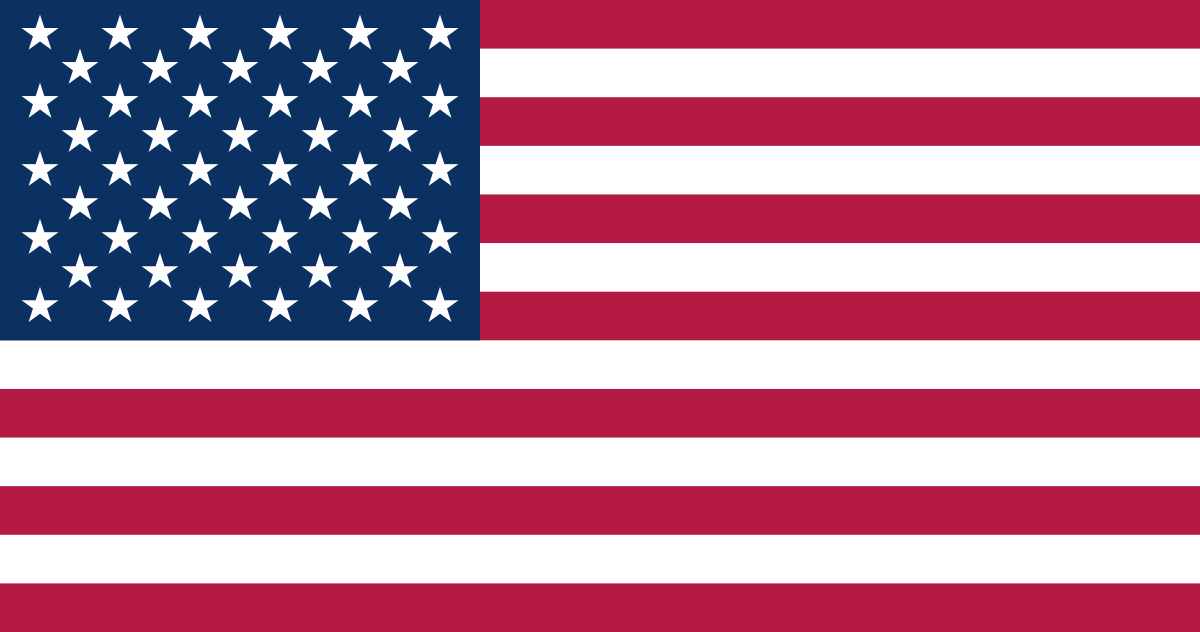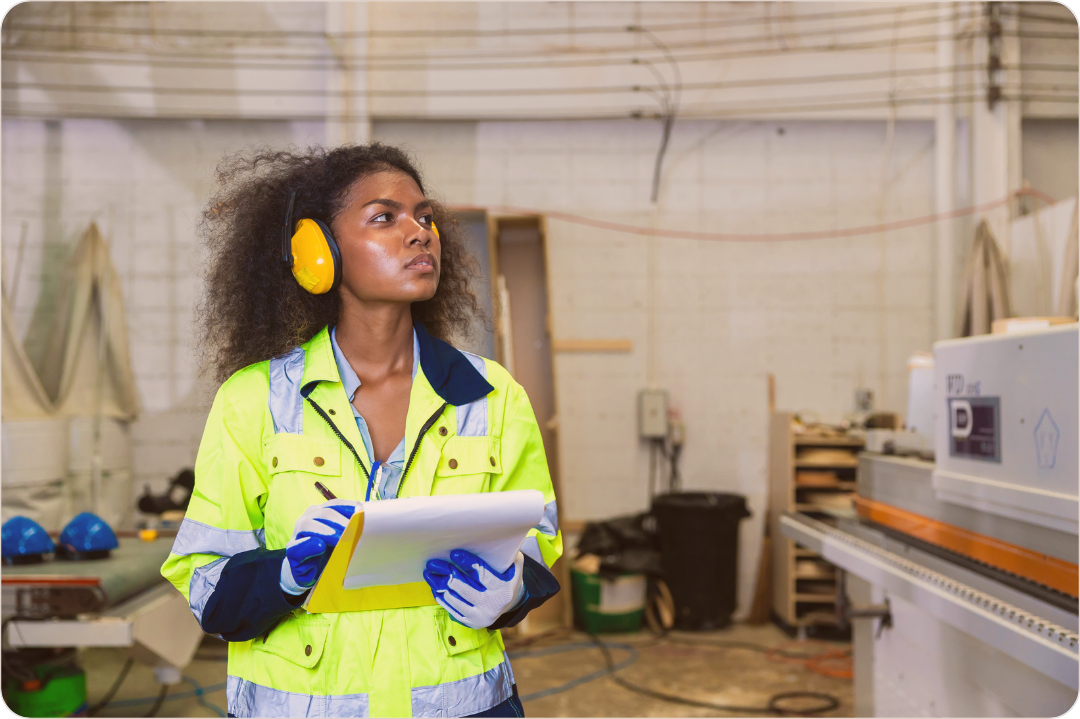Hawaii’s unique geographic and economic landscape supports industries like tourism, construction, agriculture, and healthcare—many of which rely on employees who work independently. These “lone workers” may operate without direct supervision, often in remote or isolated settings. In Hawaii, workplace safety is regulated by the Hawaii Occupational Safety and Health Division (HIOSH), which operates under the Hawaii Department of Labor and Industrial Relations (DLIR). HIOSH is responsible for enforcing occupational safety standards throughout the state, ensuring that employers create safe conditions for all workers, including those working alone.
This guide outlines how lone worker safety is addressed in Hawaii and what employers must do to protect isolated employees.
On This Page
Our Guide To Lone Worker Safety Policy And Legislation In Hawaii
Hawaii is a state-plan state, meaning it operates its own OSHA-approved occupational safety and health program through HIOSH. This agency enforces workplace safety standards across most public and private sector jobs in Hawaii. While HIOSH does not currently have a regulation that exclusively addresses lone workers, employers are still bound by the General Duty Clause, which requires them to provide a workplace free of known hazards—including those specific to isolated work conditions.
Employers are expected to recognize and address the unique risks lone workers face, including delays in emergency response, environmental exposure, and lack of assistance during accidents or health incidents.
How Hawaii Defines A Lone Worker
Although Hawaii law does not define “lone worker” explicitly, the term generally refers to any employee who performs their job duties without direct oversight or coworkers nearby. These employees may be exposed to risks that are harder to manage due to their isolation.
In Hawaii, common lone worker roles include:
- Home healthcare and elder care providers
- Resort maintenance or janitorial staff working after hours
- Utility technicians and infrastructure workers
- Agricultural laborers in remote fields
- Security personnel on solo night shifts
- Tour guides or marine staff operating in isolated locations
Understanding when and where employees work alone is key to building an effective safety strategy.
Employing A Lone Worker In Hawaii
Employers in Hawaii must develop clear safety measures for lone workers to comply with HIOSH standards. These safety responsibilities include hazard identification, emergency preparedness, and the use of monitoring systems where appropriate.
Recommended practices include:
- Conducting Risk Assessments: Identify hazards specific to each job and location, especially those in remote or environmentally sensitive areas.
- Establishing Reliable Communication: Use tools such as two-way radios, mobile safety apps, or scheduled check-ins.
- Emergency Planning and Response: Ensure lone workers are equipped with protocols and training for emergencies, such as medical incidents or severe weather.
- Technology Integration: Implement apps or devices with features like panic buttons, fall detection, and GPS tracking.
- Ongoing Training: Educate lone workers about their specific risks and how to stay safe in isolated conditions.
Taking these precautions demonstrates an employer’s commitment to both safety and regulatory compliance under HIOSH.
Learn How You Can Protect Your Employees With Loneworker.com
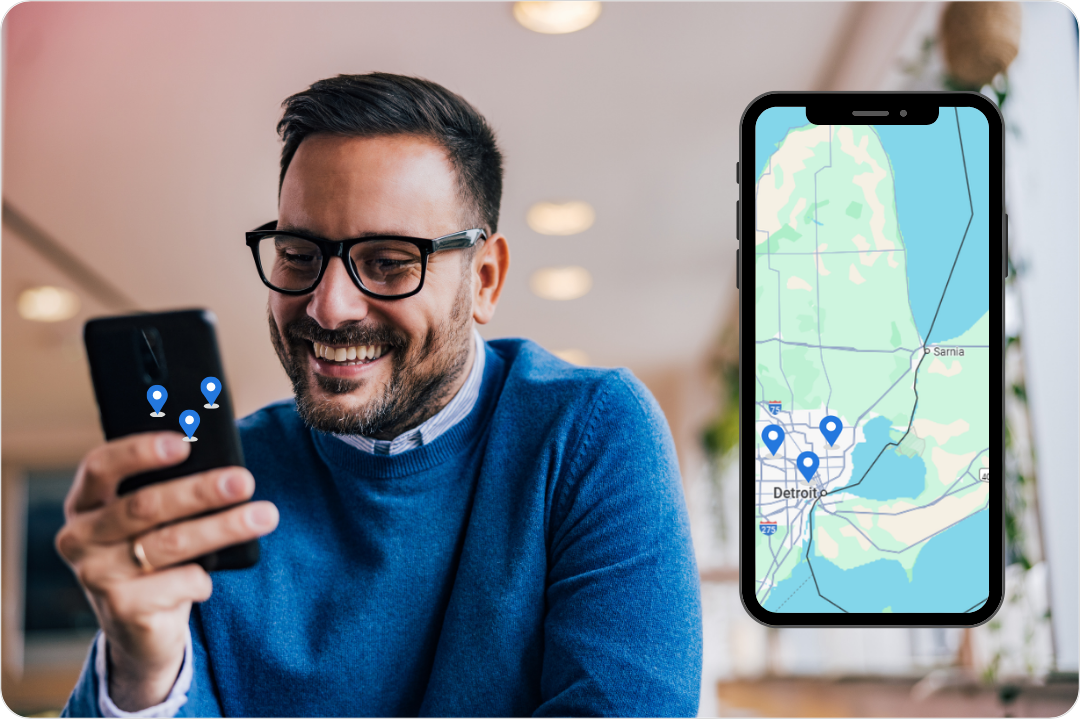
With Loneworker.com you can be equipped with the knowledge and the means to protect your employees and protect your business. Contact us today to learn more about how Loneworker.com can protect you and your employees.
How The Safe Lone Worker App Can Protect Hawaii Lone Workers And Employers
Given Hawaii’s remote and varied work settings, a safety solution like the Safe Lone Worker app can play a crucial role in protecting employees who work alone. With features such as live GPS tracking, timed check-ins, panic alerts, and automatic fall detection, the app ensures that workers are monitored and can access help in real time.
From resort staff working late to agricultural crews in the field, the app helps employers maintain consistent oversight, manage risks, and meet the expectations set forth by HIOSH for maintaining a safe workplace.
Hawaii Lone Worker Policies
As a state with its own OSHA-approved occupational safety and health program, Hawaii regulates workplace safety through HIOSH, a division of the Hawaii Department of Labor and Industrial Relations. While no specific rule exists for lone workers, employers must still comply with the General Duty Clause, which mandates that all workplaces be free from recognized hazards.
For the most accurate and current regulatory guidance, employers should consult HIOSH and federal OSHA resources. This guide is intended for informational purposes and is not a substitute for legal or regulatory advice.
Hawaii Lone Worker Resources
OHS Contact Centre
- 1-866-415-8690
CDC / NIOSH
- 800-232-4636
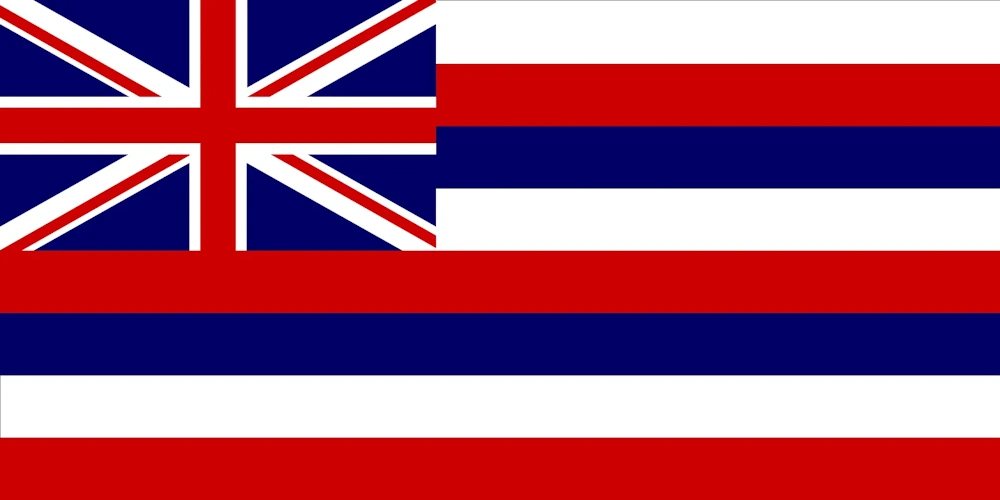
Affordable Monitoring For Lone Workers In Hawaii
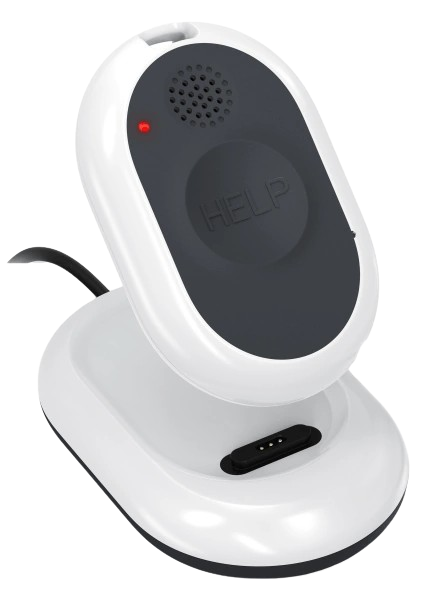
-
 Monitoring Your Employees' Safety
Monitoring Your Employees' Safety
-
 GPS Tracking And Monitoring
GPS Tracking And Monitoring
-
 Man Down Panic Alerts
Man Down Panic Alerts
-
 24/7 Protection Anywhere
24/7 Protection Anywhere
Lone Worker Legislation
Lone Worker Safety Policies And Legislation By State
-
 Alabama State Safety Policies And Legislation
Alabama State Safety Policies And Legislation
-
 Alaska State Safety Policies And Legislation
Alaska State Safety Policies And Legislation
-
 Arizona State Safety Policies And Legislation
Arizona State Safety Policies And Legislation
-
 Arkansas State Safety Policies And Legislation
Arkansas State Safety Policies And Legislation
-
 California State Safety Policies And Legislation
California State Safety Policies And Legislation
-
 Colorado State Safety Policies And Legislation
Colorado State Safety Policies And Legislation
-
 Connecticut State Safety Policies And Legislation
Connecticut State Safety Policies And Legislation
-
 Delaware State Safety Policies And Legislation
Delaware State Safety Policies And Legislation
-
 Florida State Safety Policies And Legislation
Florida State Safety Policies And Legislation
-
 Georgia State Safety Policies And Legislation
Georgia State Safety Policies And Legislation
-
 Hawaii State Safety Policies And Legislation
Hawaii State Safety Policies And Legislation
-
 Idaho State Safety Policies And Legislation
Idaho State Safety Policies And Legislation
-
 Illinois State Safety Policies And Legislation
Illinois State Safety Policies And Legislation
-
 Indiana State Safety Policies And Legislation
Indiana State Safety Policies And Legislation
-
 Iowa State Safety Policies And Legislation
Iowa State Safety Policies And Legislation
-
 Kansas State Safety Policies And Legislation
Kansas State Safety Policies And Legislation
-
 Kentucky State Safety Policies And Legislation
Kentucky State Safety Policies And Legislation
-
 Louisiana State Safety Policies And Legislation
Louisiana State Safety Policies And Legislation

